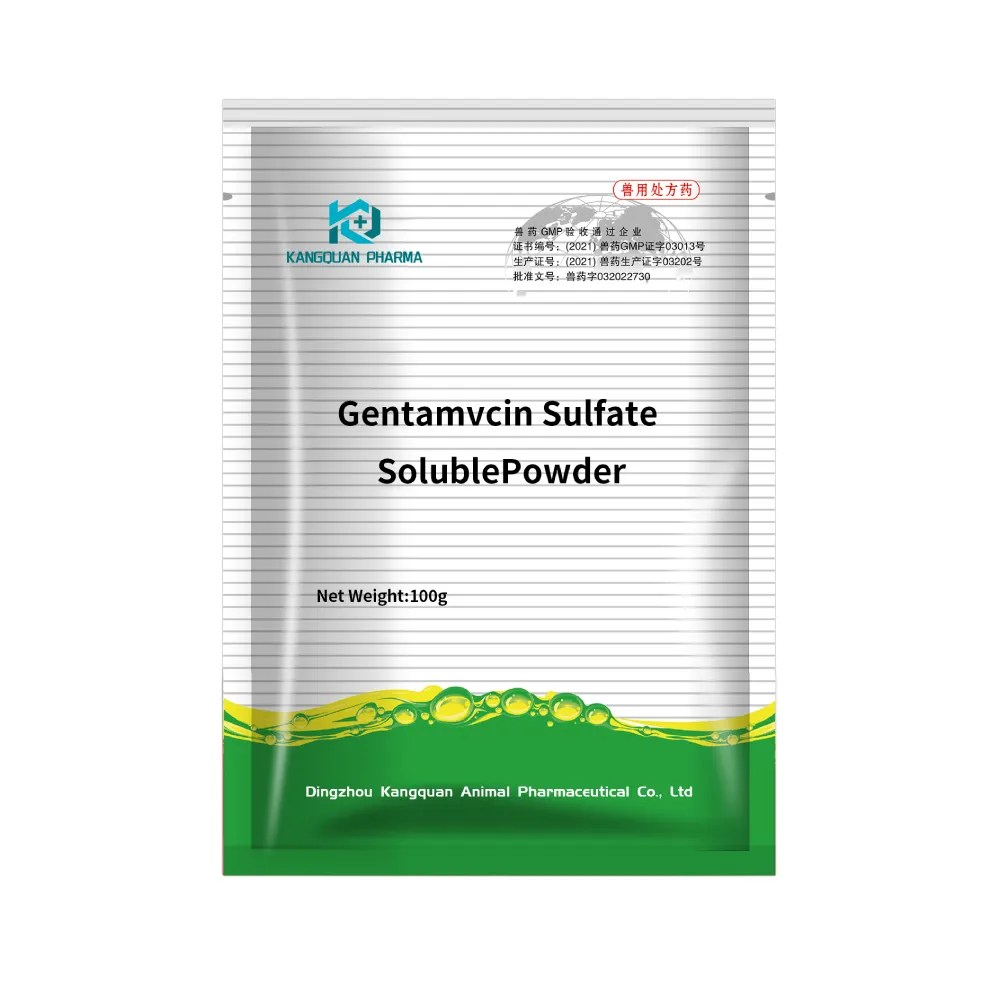- Afrikaans
- Albanian
- Amharic
- Arabic
- Armenian
- Azerbaijani
- Basque
- Belarusian
- Bengali
- Bosnian
- Bulgarian
- Catalan
- Cebuano
- Corsican
- Croatian
- Czech
- Danish
- Dutch
- English
- Esperanto
- Estonian
- Finnish
- French
- Frisian
- Galician
- Georgian
- German
- Greek
- Gujarati
- Haitian Creole
- hausa
- hawaiian
- Hebrew
- Hindi
- Miao
- Hungarian
- Icelandic
- igbo
- Indonesian
- irish
- Italian
- Japanese
- Javanese
- Kannada
- kazakh
- Khmer
- Rwandese
- Korean
- Kurdish
- Kyrgyz
- Lao
- Latin
- Latvian
- Lithuanian
- Luxembourgish
- Macedonian
- Malgashi
- Malay
- Malayalam
- Maltese
- Maori
- Marathi
- Mongolian
- Myanmar
- Nepali
- Norwegian
- Norwegian
- Occitan
- Pashto
- Persian
- Polish
- Portuguese
- Punjabi
- Romanian
- Russian
- Samoan
- Scottish Gaelic
- Serbian
- Sesotho
- Shona
- Sindhi
- Sinhala
- Slovak
- Slovenian
- Somali
- Spanish
- Sundanese
- Swahili
- Swedish
- Tagalog
- Tajik
- Tamil
- Tatar
- Telugu
- Thai
- Turkish
- Turkmen
- Ukrainian
- Urdu
- Uighur
- Uzbek
- Vietnamese
- Welsh
- Bantu
- Yiddish
- Yoruba
- Zulu
Nov . 29, 2024 17:25 Back to list
Veterinary Use of Ivermectin Injection and Its Applications for Animal Health
Ivermectin Injection for Veterinary Use A Comprehensive Overview
Ivermectin is a broad-spectrum antiparasitic agent that has gained significant attention not only in human medicine but also in veterinary practice. Originally developed for use in humans to treat various parasitic infections, its formulation for veterinary use has become a crucial component in the management of parasitic diseases in animals.
What is Ivermectin?
Ivermectin is a member of the avermectin family of drugs, derived from the fermentation of the soil bacterium Streptomyces avermitilis. It was first introduced to the veterinary market in the late 1980s and has since established itself as a cornerstone in the treatment of several parasitic infections in livestock and companion animals. Its mechanism of action involves binding to specific chloride channels, leading to an increase in cell permeability to chloride ions, which results in paralysis and death of the parasites.
Applications in Veterinary Medicine
Ivermectin is widely used in various species, including cattle, sheep, goats, horses, and dogs. Its efficacy is prominent in treating external parasites such as lice, mites, and ticks, as well as internal parasites like roundworms, hookworms, and certain types of flatworms. This versatility makes it an invaluable tool in the control of both ectoparasites and endoparasites.
One of the primary formulations of ivermectin in veterinary medicine is its injectable form. This route of administration is particularly useful for large animals, allowing for rapid absorption and effective treatment with a single dose. The injectable formulation is often employed in herd management, helping to ensure that all animals receive the medication, thereby reducing the risk of parasitic transmission within the group.
ivermectin injection for veterinary use

Safety and Efficacy
Ivermectin is generally considered safe for use in animals when administered according to the prescribed dosages. However, certain breeds of dogs, particularly Collies and other herding breeds, may exhibit hypersensitivity to ivermectin due to a genetic mutation affecting the blood-brain barrier. Therefore, careful consideration must be given when treating these breeds, and alternative antiparasitic treatments may be more appropriate.
The efficacy of ivermectin is supported by numerous studies demonstrating its effectiveness against a wide range of parasites. It is also advantageous due to its long-lasting effects; often, a single treatment can provide protection for several weeks or months, depending on the parasite targeted.
Resistance Concerns
As with many antiparasitic agents, the overuse and misuse of ivermectin have raised concerns regarding the development of resistance among parasite populations. This issue underscores the importance of implementing integrated parasite management strategies that include rotation of antiparasitic agents, regular monitoring of parasite populations, and adhering to recommended dosages and treatment intervals.
Conclusion
Ivermectin injection for veterinary use remains a critical element in the management of parasitic infections in animals. Its broad spectrum of activity, ease of administration, and cost-effectiveness make it a preferred choice among veterinarians. Nonetheless, it is imperative for animal owners and veterinarians to use this powerful drug responsibly to mitigate the risk of resistance and ensure the continued efficacy of ivermectin in safeguarding animal health. As veterinary medicine advances, ongoing research into alternative treatments and strategies will be essential in maintaining the effectiveness of ivermectin and improving overall animal welfare.
-
Guide to Oxytetracycline Injection
NewsMar.27,2025
-
Guide to Colistin Sulphate
NewsMar.27,2025
-
Gentamicin Sulfate: Uses, Price, And Key Information
NewsMar.27,2025
-
Enrofloxacin Injection: Uses, Price, And Supplier Information
NewsMar.27,2025
-
Dexamethasone Sodium Phosphate Injection: Uses, Price, And Key Information
NewsMar.27,2025
-
Albendazole Tablet: Uses, Dosage, Cost, And Key Information
NewsMar.27,2025













